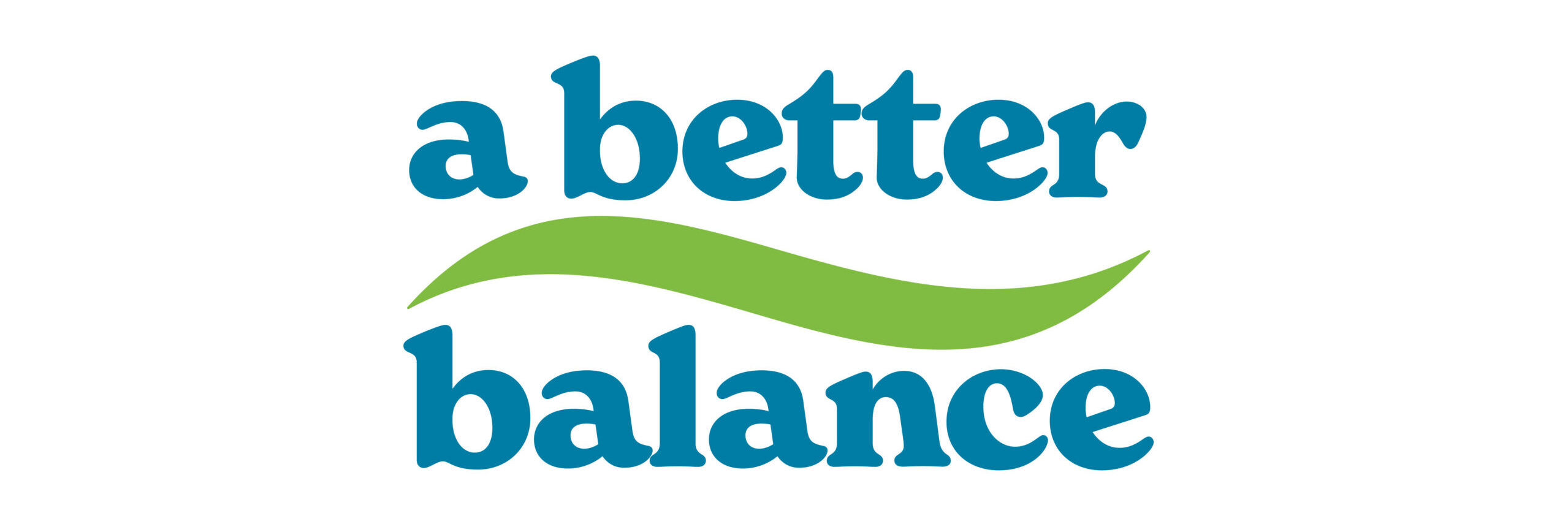Overview of Family Leave Laws in the United States:
Delaware
Updated on January 8, 2025
Return to Family Leave Laws Home | Search Family Leave Laws | Export page as PDF
| Delaware | |
| What purposes can leave be used for? | Medical leave can be used for a worker’s own serious health condition. Family caregiving leave can be used to (1) care for a family member with a serious health condition or (2) to address certain military family needs. Parental leave can be used to bond with a child within one year of the child’s birth, adoption, or placement for foster care. Benefits begin on Jan. 1, 2026. |
| Who is covered? California, New Jersey, Rhode Island, Washington State, Massachusetts, and Connecticut also provide some coverage for previously covered workers who have a qualifying need for family or medical leave while they are unemployed, while New York and Hawaii also provide some coverage for previously covered workers who have a qualifying need related to the worker’s own health. Details vary by state. States that aren’t currently implementing their programs will also likely provide some coverage for previously covered workers during unemployment, though final regulations will be needed to specify details |
Parental leave: Employees who work for an employer with 10 or more employees, except for employees of most seasonal employers. Medical leave & family caregiving leave: Employees who work for an employer with 25 or more employees, except for employees of most seasonal employers. Employers who close down for at least thirty consecutive days per year are not covered. Additionally, for purposes of determining an employer’s size, only employees who have been employed 1) by the employer for at least 12 months and 2) for at least 1,250 hours of service with the employer during the previous 12-month period are counted as employees. Employers who are not automatically covered may voluntarily opt in to coverage, subject to certain conditions. |
| Are public sector workers automatically covered? Note that no state law covers federal employees. |
Most public sector workers are automatically covered. Public sector workers who are “casual seasonal employees” are not covered. |
| Are domestic workers covered? | The law does not specifically treat domestic workers differently than other employees. However, in practice, most non-agency domestic workers are likely not covered due to the employer size limitations. Domestic workers, like other employees, are only covered if they work for an employer with 10 or more employees (for parental leave) or for an employer with 25 or more employees (for all other kinds of leave). See “Who is covered?” above. |
| Can self-employed workers opt-in to coverage? | No. A person who is paid as an employee (via W-2) of their own, incorporated business, such as an S-Corporation, may opt in to coverage. See Del. Code, tit. 19, § 3717. However, self-employed workers who are not paid via W-2s may not opt in to coverage. |
| What are the requirements to qualify for benefits? | Workers must have been employed 1) by their employer for at least 12 months and 2) for at least 1,250 hours of service with their employer during the previous 12-month period. |
| What family members are covered? | A family member includes a worker’s child (under the age of 18 or incapable of self-care because of a mental or physical disability), parent, or spouse. |
| How is the program funded? | Workers and employers share the cost of all leave. Where an employee is not expected to meet the eligibility requirements to qualify for paid family and medical leave benefits due to the employee’s work schedule or length of employment, an employee and employer may file to waive contributions. Employers can withhold up to 50% of the contribution from workers’ wages; employers cover the remaining cost. Initially, the total contribution for (1) medical leave is 0.4% of wages; (2) family caregiving leave is 0.08% of wages; and (3) parental leave is 0.32% of wages. Contributions do not apply to wages above the Social Security contribution base. |
| What percentage of wages do workers receive? | 80% of a worker’s average weekly wage Workers will receive 100% of their average weekly wage if their average weekly wage is less than $100. The wage replacement rate may be adjusted as needed to ensure that the contribution rate does not exceed 1% of wages and to preserve the balance of the Family and Medical Leave Insurance Account Fund. |
| What is the maximum weekly benefit? | $900 initially, adjusted annually based on inflation |
| For how long can a worker receive benefits? | Own health: Up to 6 weeks in a 24-month period. Family caregiving leave: Up to 6 weeks in a 24-month period. Parental leave: Up to 12 weeks in an application year. Except for benefits in relation to parental leave, workers are only eligible to receive paid family and medical leave benefits once in a 24-month period. In addition, an employer who employs two parents who are entitled to parental leave may limit the parents to up to 12 weeks of family leave in a 12-month period. Regulations may specify limitations on family caregiving leave where more than one worker will take leave to care for the same loved one. Total: Up to 12 weeks in an application year. Workers are entitled to a combined total of not more than 6 weeks of medical and family caregiving leave in a 24-month period. Until January 1, 2031, covered employers with fewer than 25 employees may restrict the number of weeks of parental leave benefits available to employees to not fewer than up to 6 weeks in an application year. Specifically, the statute provides that “[a]n employer with less than 25 employees may elect, with notice to the Department [of Labor] and employees, for each employee to exercise not less than half of the employee’s parental leave for 5 years from the start of benefits . . . .” |
| Is there an unpaid waiting period? | No. |
| Are workers entitled to have their jobs back when they return? | Yes. Note that workers who receive health insurance through their employers are entitled to continuation of those benefits while on leave. Additionally, workers who exercise their rights to leave are protected against retaliation or discrimination. |
| How is the insurance provided? | By default, workers are covered by the state fund. Employers can apply for approval of a private plan, which must provide benefits at least equivalent to those available through the state. |
| Statutory Citation | Del. Code Ann. tit. 19, § 3701 et seq. |




